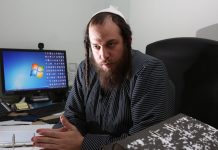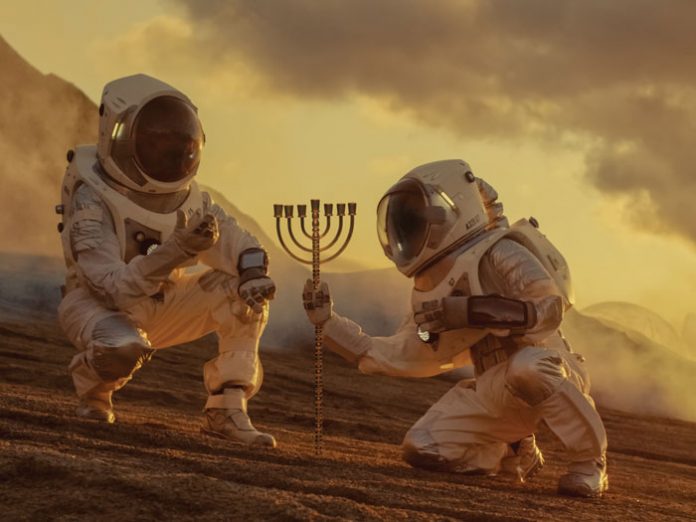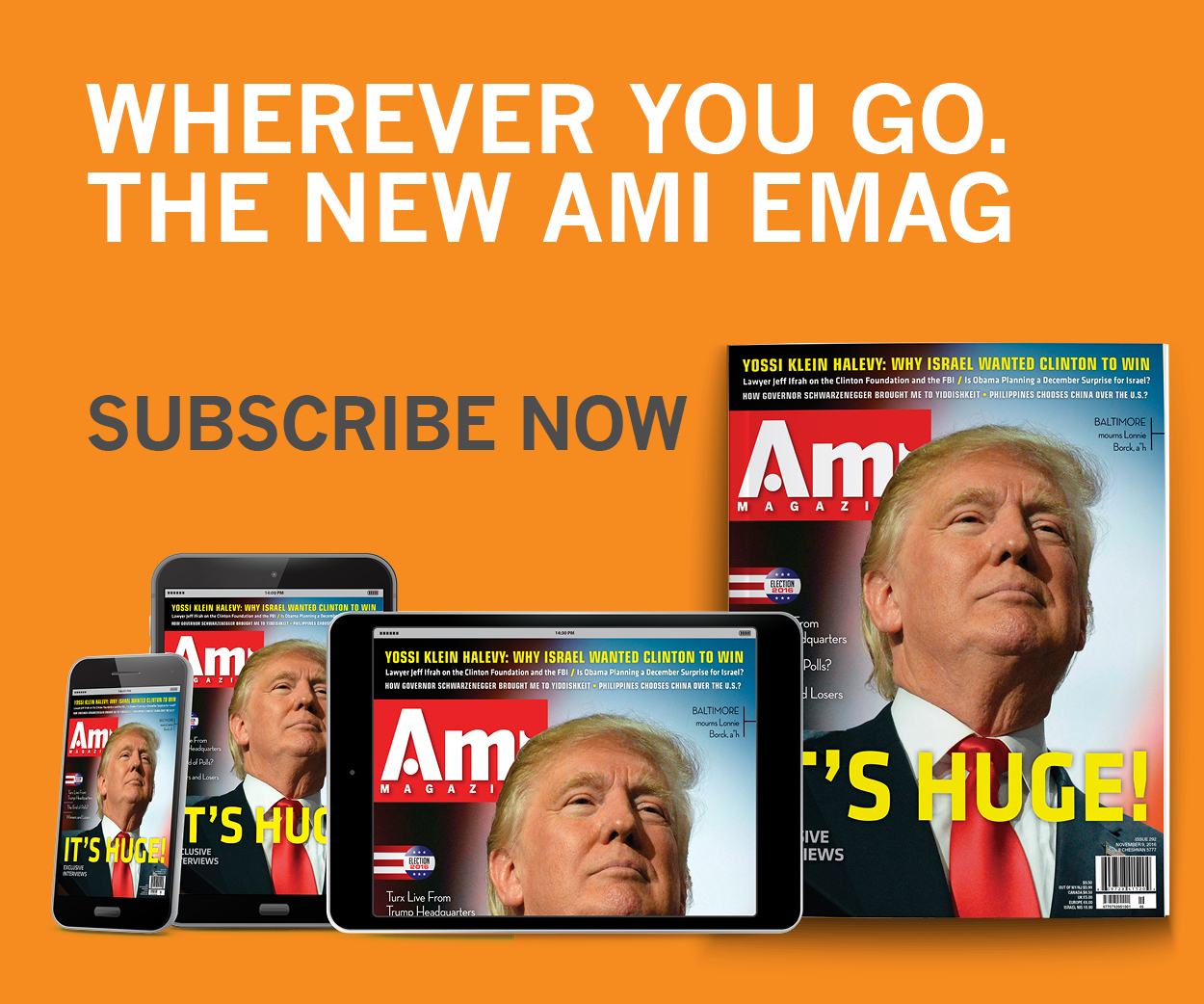The joke is a cliché: The first astronauts arrive on Mars and find, to their bewilderment, that there is a Chabad House there already.
But a project that Chabad shliach Rabbi Mordechai Lightstone has been running since Rosh Hashanah, called Jews in Space, defies cliché, bringing together natural human curiosity about the deep beyond our planet and the laws of the Torah, and imagining what Jewish life might be like if we were to venture to the Red Planet.
Rabbi Lightstone is an expert on combining technology and Torah learning, and perhaps it was inevitable that he would turn his gaze skyward. But that program is part of a larger one that brings Torah specifically to tech professionals.
I first met with Rabbi Lightstone in an office of the company TED, where he was preparing for a TED Talk, a popular, widely accessible set of public talks. He has been recognized by the wider world as an innovative idea producer. How does he bring Torah ideas to a technologically sophisticated crowd?
Taking Torah to the Techies
Iasked Rabbi Lightstone to explain how he aims his outreach program at tech professionals.
“My wife, Chana, and I have a Chabad House for people in tech and digital media. It’s a division of Chabad Young Professionals, Chabad’s initiative for young Jews in their 20s and 30s. We focus on people who are in the technology and digital media space, such as those who work at Facebook, BuzzFeed and other tech companies. For example, we recently had a communal ‘challah bake’ and panel where senior-level professionals at Foursquare, Instagram and Amazon talked about the experience of being a Jewish woman in tech.”
The physical space is the Lightstones’ house in New York City’s Crown Heights neighborhood. Those who don’t think of Crown Heights as a place for young tech professionals haven’t been paying attention to the area’s demographics in recent years, which have become increasingly “hipster.”
“Crown Heights has changed a lot over the past couple of years, ” Rabbi Lightstone said. “We’re able to focus on people in the tech space because they’re now living in the area.” Convenience, including relatively cheaper homes and subway stops that can take workers quickly to jobs in Manhattan, has brought young professional urbanites to the neighborhood—and many of them are Jewish.
But it’s not just in Crown Heights that the Lightstones connect with tech types.
“Our biggest event is at SXSW [South by Southwest] in Austin, Texas, which takes place in the first week of March every year. There are a number of aspects to SXSW, but what interests us is the technology part. We make a big Shabbos meal—last year about 350 people came for the meal. It’s a beautiful and really diverse crowd. That’s where Twitter became big and where Foursquare launched, and all the big app companies do something there, so everyone is on their devices the whole time.
“We advertised the Shabbos meal as a time for people to put everything on the side, sit down and have a slow meal, as it were, where they could unplug and focus on what’s important. We call it #openShabbat. We don’t hide that it’s all about Shabbos. We’re very up-front about my being a chasidic rabbi and that this is about Yiddishkeit, but it speaks to the younger crowd, who really get it.
“After we started with this yearly Shabbos meal and it began to grow, we started meeting a lot of people from New York and we began inviting them to our home for Shabbos. With time, OpenShabbat grew from a one-off event into year-round programming for Tech Tribe. We focus on creating events and experiences for people who are in technology and digital media. Jews in Space is our flagship project for the year, or at least for the next few months, and we also have Chanukah parties, Purim parties and weekly Gemara and chasidus shiurim for techies.”
This year they not only held the SXSW Shabbos meal but were also asked by SXSW to manage a separate Jewish meet-up for the event.





















